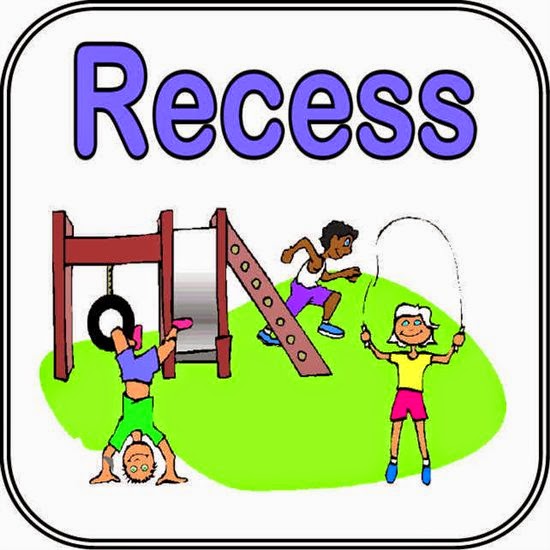What Can We Learn From Mrs. Cassidy?
For this week's blog post we watched a Skype interview between Dr. Strange and Mrs. Kathy Cassidy. Mrs. Cassidy is a 1st grade teacher in Moose Jaw, Canada. Mrs. Cassidy was given 5 computers to use in her classroom about 10 years ago. She wanted to make them useful so she began to explore the internet which led to blogging, and from there she added new things over the years. One thing she said that stood out to me was that she is always looking for new things to try. I think it is very important for teachers to always be on the look out for new ideas or methods that they can use in the classrooms. This can bring new ways of learning to the students and a means to perhaps improve lessons previously taught before. Mrs. Cassidy also talked about the use of the blog in her classroom. I learned that it can be a great way for the parents to keep up with their children's progress through the year. It can also help with the students writing skills. I loved how she mentioned that one thing a blog gives you that pen and paper doesn't is an audience. The students know that other people from all over can see who reads their blog. In this video the students talk about how they like to get visitors and comments on their blog. Mrs. Cassidy also stated that technology is here to stay and that teachers can no longer teach they way they did 10-20 years ago, but there are many resources available to being learning how to use technology. And it can handicap yourself or your students if you don't take advantage of those resources. What I learned from Mrs. Cassidy was that there is no better time than now to starting thinking and preparing for my future classroom and how I want to incorporate technology into my lessons.
















